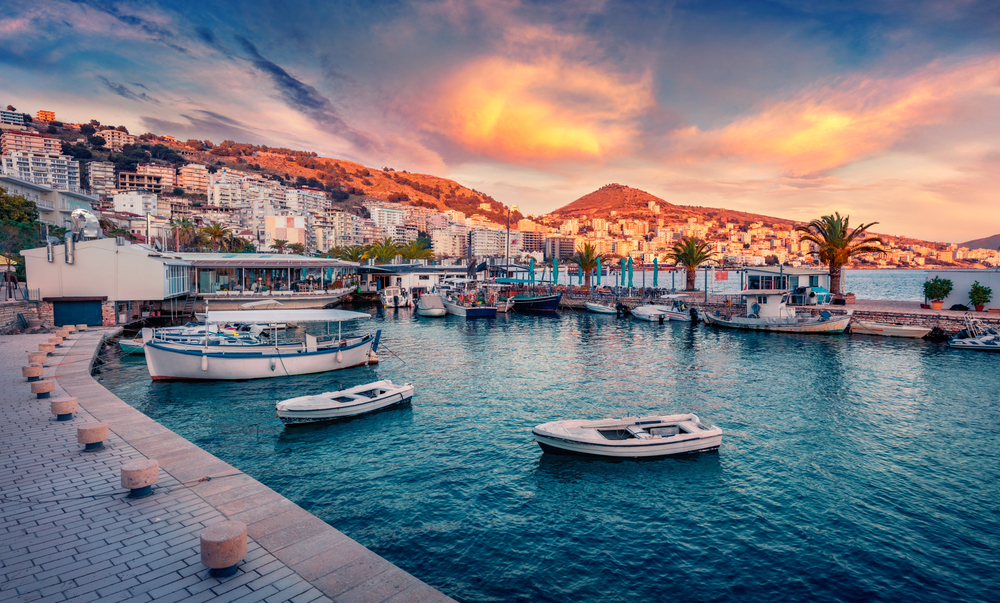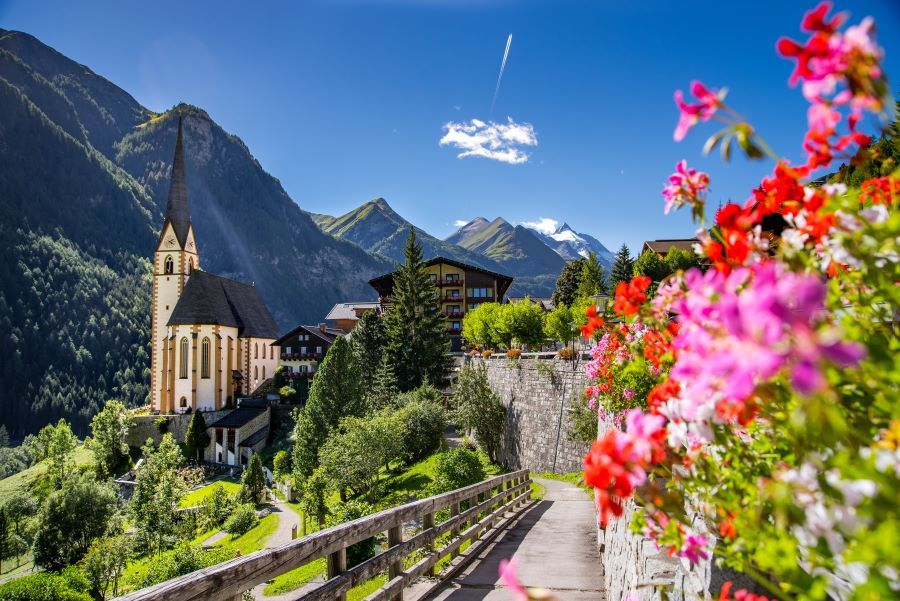The HOTCO 2025 tourism conference in Vienna highlights both optimism and caution as the European tourism sector continues its recovery.
Yesterday’s sessions revealed that one in every five jobs globally is tied to tourism, underscoring the sector's critical role in the global economy.
Today, a mixed picture of Europe's tourism landscape emerges. While occupancy rates in many destinations are nearing pre-pandemic levels, rising costs for labor, materials, and energy are outpacing revenues, putting profitability under pressure. Experts forecast that it will take an additional three to four years for the industry to return to pre-pandemic profitability levels.
 HOTOC 2025. Photo: Passport News
HOTOC 2025. Photo: Passport NewsADR (Average Daily Rate) figures show continued growth in key European destinations, although the rapid increases seen in previous years are expected to moderate, with projected growth of just 1-3% annually in the near term.
Eastern Europe is emerging as a focal point for tourism recovery. Cities in countries such as Poland, the Czech Republic, Hungary, Serbia, Romania, and Slovenia are leading the charge, demonstrating the region's potential as a hub for urban tourism. Simultaneously, the leisure tourism sector in destinations like Greece, Turkey, Albania, Montenegro, Croatia, and Romania is thriving, drawing significant numbers of visitors.
 Albania. Photo: Shutterstock
Albania. Photo: ShutterstockAmong these, Albania shines as the rising star of European tourism. With a remarkable 450% growth over the past four years, Albania stands as a prime example of how strategic governmental efforts can drive sector success. Investments in infrastructure, aggressive international marketing, and robust policy support have earned Albania widespread recognition, showcasing the untapped potential of Eastern European tourism markets.
Occupancy data for 2025 varies widely across Europe. Cities like Ljubljana, Vilnius, Warsaw, and Prague boast strong occupancy rates of 75-80%, while Sofia lags behind at less than 60%, with Plovdiv struggling even further at around 40%. On the pricing front, cities such as Belgrade, Prague, and Bucharest show significant ADR growth, while Sofia retains its competitive pricing edge relative to other Central and Eastern European markets.
Central Europe continues to outperform many Western European markets, highlighting a shift in tourism growth. Demand is on the rise in Austria, Hungary, the Czech Republic, Poland, and the UK, contrasting with declining interest in destinations like Germany, Ireland, and France. This trend signals a realignment of tourism hotspots, with Central Europe gaining prominence as a preferred destination.
The impressive achievements of countries like Albania, Romania, Greece, and Montenegro demonstrate the transformative impact of focused policies, consistent investment, and strategic promotion. However, the outlook for 2025 remains cautious. Experts suggest that while opportunities exist, the sector faces more risks than rewards in the short term, requiring resilience and innovation from industry stakeholders.
 Austria. Photo: Shutterstock
Austria. Photo: Shutterstock



